In a muffled statement, because it’s very difficult to hear the words of those whose heads are stuck in the sand, BASC say that:
- ‘there is no risk to those who do not eat shot game meat more than once a week throughout the year’. This simply isn’t true. There is no level at which there is no risk except if you do not eat game shot with lead. I’d like to see the evidence from BASC that there is a threshold below which you can eat game with no added risk to health. For a start, just look again at this graph:
You can see, if you haven’t got your head in the sand, that some game meals have very high lead levels in them, and some have little. Which one are you eating do you think? How can you tell? One meal from the right hand side of the graph gives you as much lead as a thousand meals from the left hand side of the graph – but how do you tell which is on your plate?
Which of these birds has the most lead in it?
Do you know? No, nor me: and nor do BASC.
BASC go on to say that ‘there is no risk to those eating small game if the pellet and pellet channel are cut out’.
We’ve been here before with Tim Bonner who has still failed to explain how you butcher the lead out of these birds.
And BASC know that the lead levels in the graphs above were arrived at after removing the lead shot.
BASC also say ‘There is no risk to those eating large game if meat is cut out 10cms either side of the bullet channel and from around bullet fragments’ – and here they are much closer to the truth, although it would be wrong, as before, to say there is no risk at all. Fragments can and do travel more than 10cm and there is no level where there is no risk.
Where there is no risk is when the bird was shot with steel shot as the Danes have been doing for 30 years and where the deer or similar is shot with copper bullets as is becoming commoner and commoner practice. That is the simple and effective way to reduce the human health risks to near zero and start tackling the risks to wildlife too.
BASC does not dispute that tens of thousands of waterfowl are poisoned each year by lead ingestion – they just say that this doesn’t have much impact on the population level. The caring shooter!
You can see that the shooting community is slowly shifting its ground from ‘there is no risk’ to ‘there is no risk if you…’ but they are still on shifting sands with their heads in those sands. But they are not going to give up toxic lead ammunition easily – the science is overwhelming and yet the kickback is strengthening. That’s why the WWT and the RSPB really have to get their memberships mobilised and why resting on the science is not enough. Crying babies and all that.
But you can do your bit and sign Rob Sheldon’s e-petition to ban toxic lead ammunition.
[registration_form]
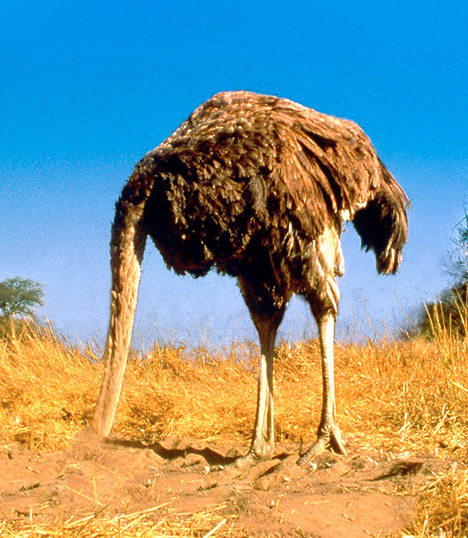

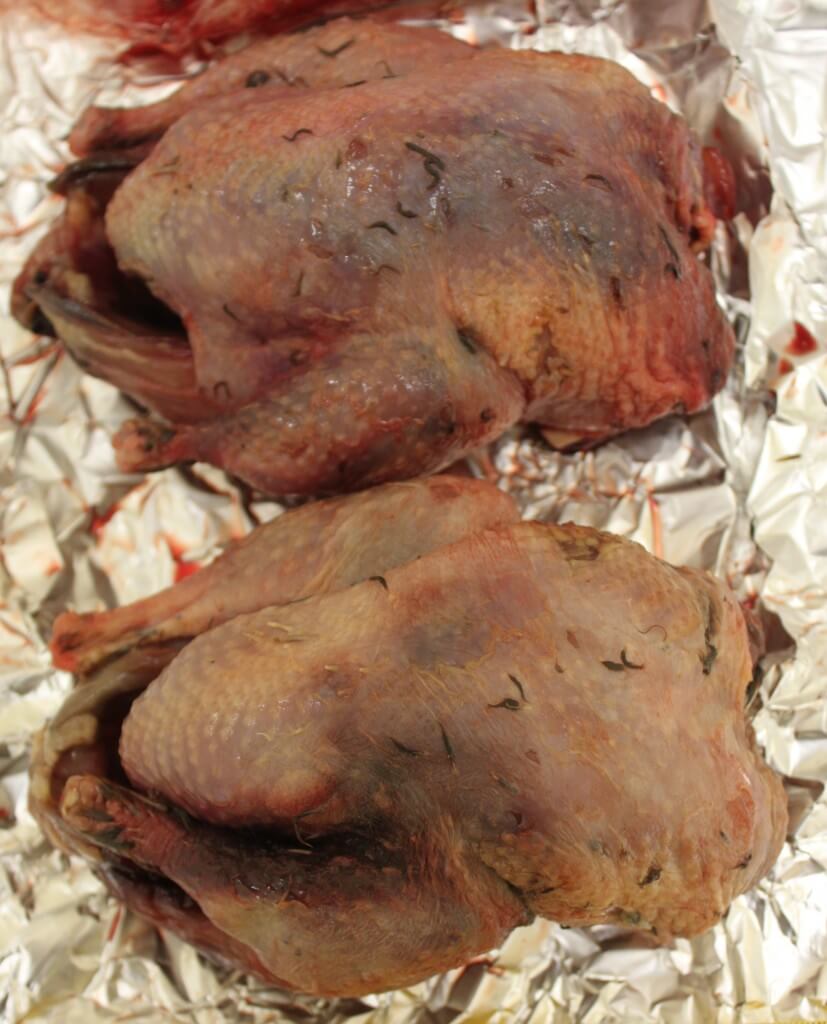
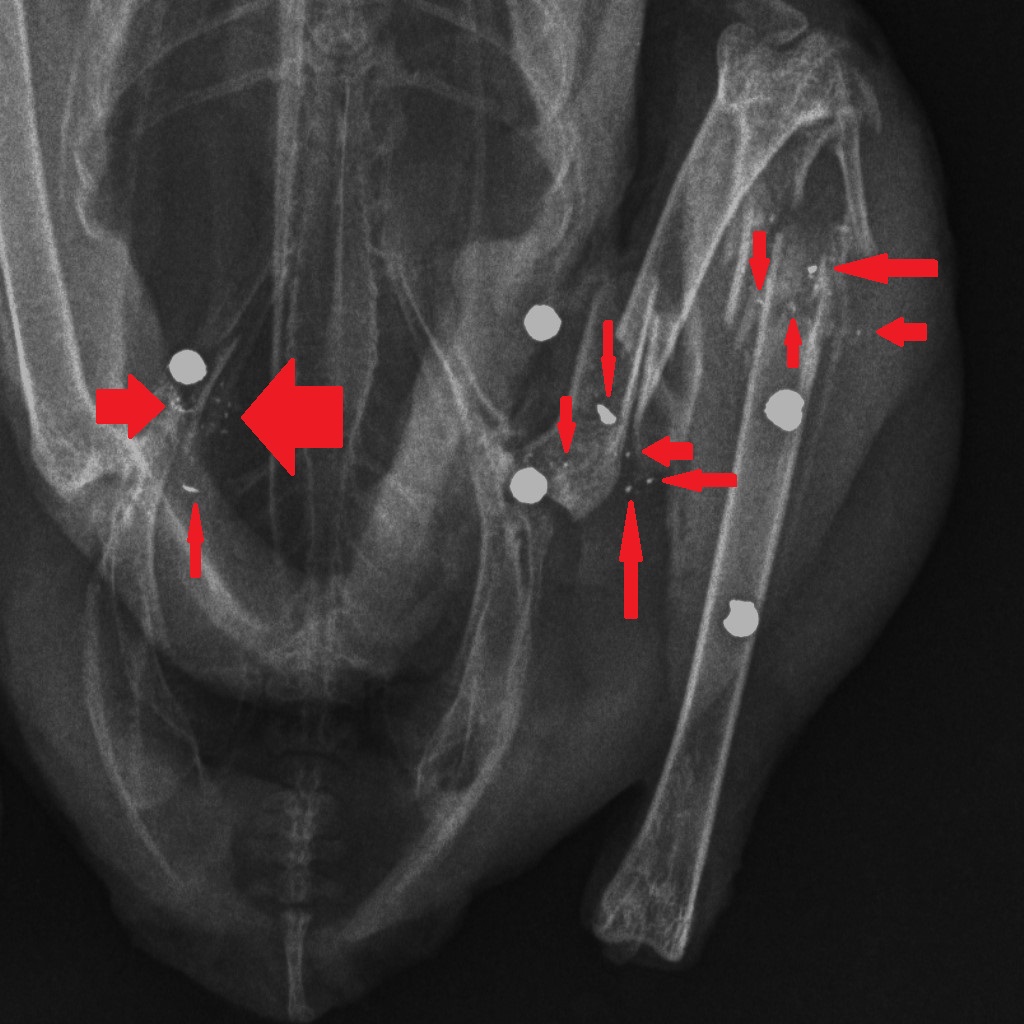
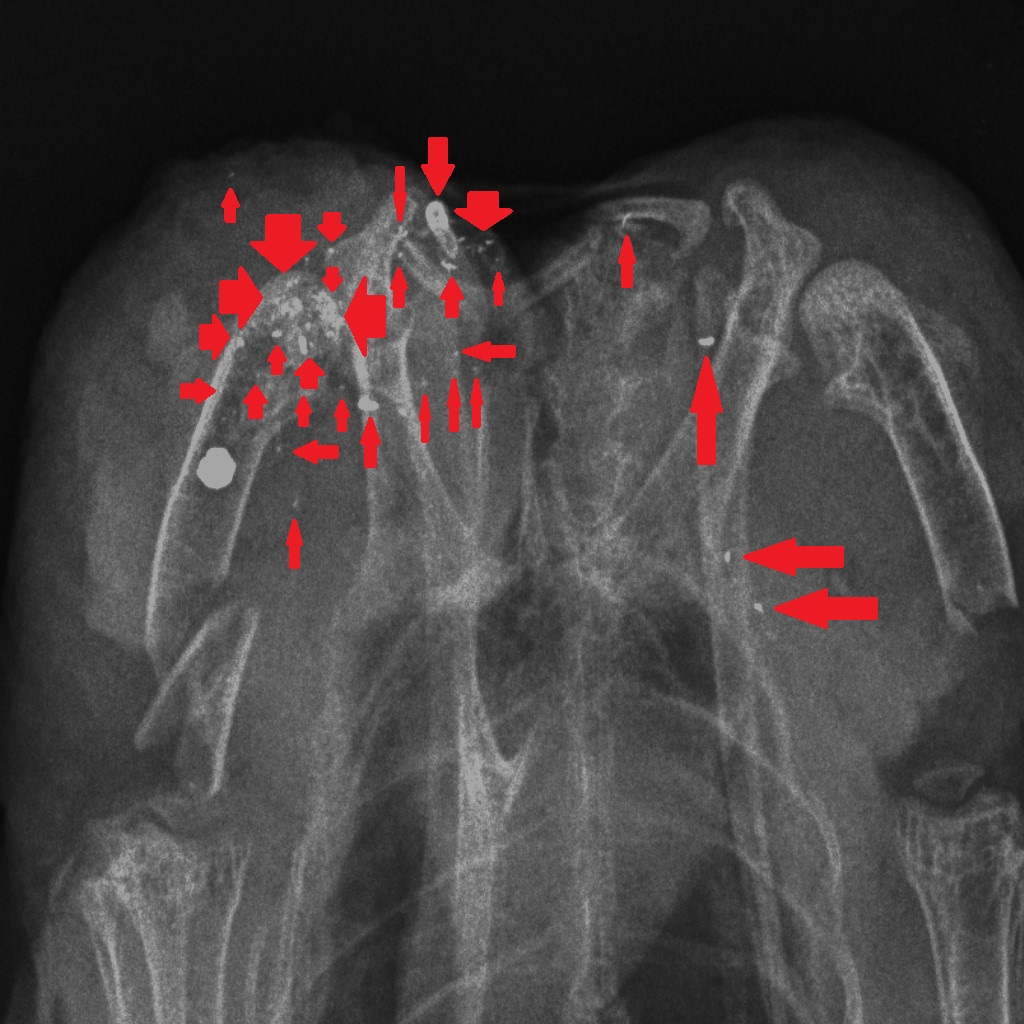
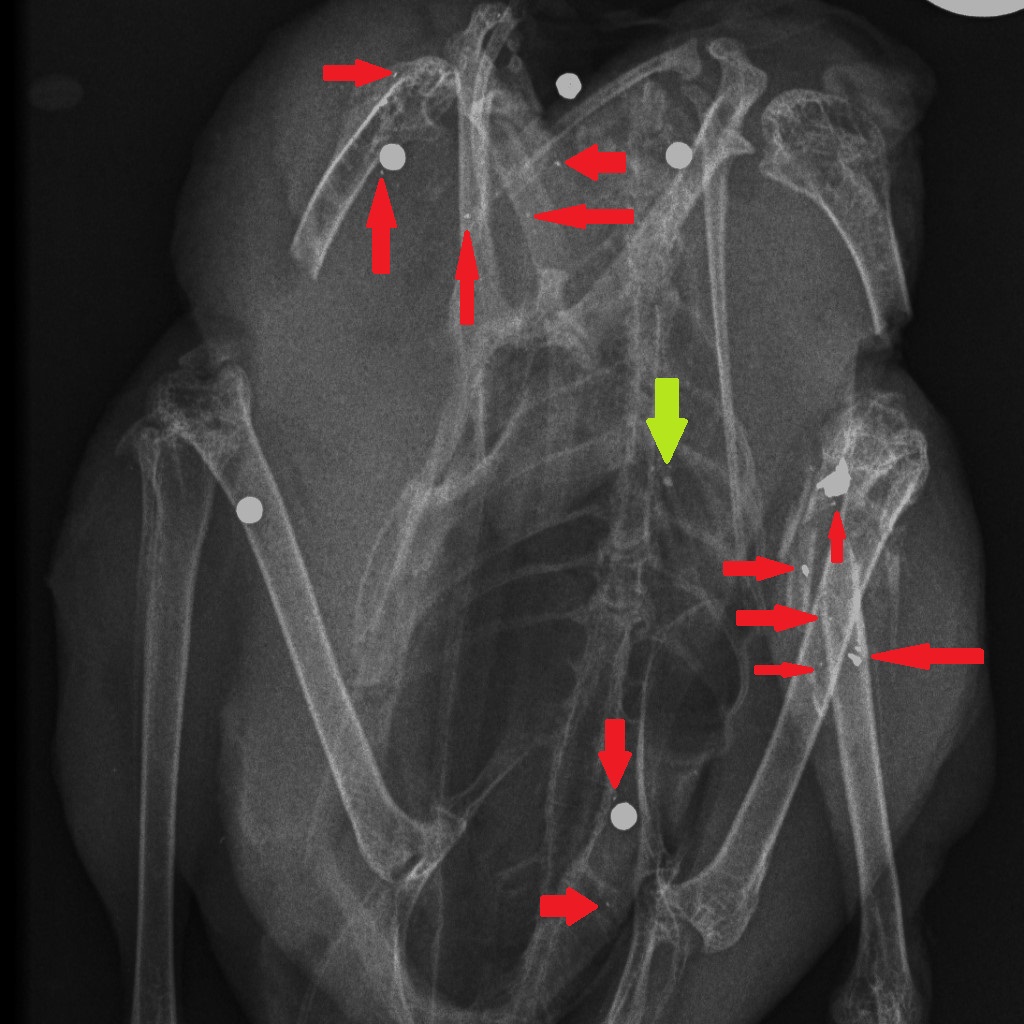
Leaving aside it’s accuracy and who they mean (adults? children? pregnant women?), you’ve just got to laugh at the blatant slippery spin of their first bullet point – “There is no risk to those who do not eat shot game meat more than once a week throughout the year”. Extracting the negatives and you find what they actually mean is “There is a risk to those who eat shot game meat more than once a week throughout the year”, but even this generously optimistic comment is too strong for their delicate sensibilities.
Tim Bonner is at no risk of ever having a car accident since he only drives once a week.
Dear Shooting Fraternity
The evidence against lead is clear – it’s banned in everything else because it is a poison; lead shot kills a massive amount of wildlife; and it harms humans who eat game killed with lead. The detail and nuances don’t change those fundamentals.
Taking away lead shot doesn’t take away your opportunity to shoot – the Danes, the US, lots of others do it. You can change your ammunition and continue your sport.
But your vocal leaders do you and your sport a disservice. They deny the truth and advocate harming wildlife and people. They make your movement look like it is populated by flat-earthers and is irresponsible. Why? Because they see this as the thin end of the wedge?
Conservation NGOs don’t take issue with shooting per se. But I suggest the shooting fraternity is rapidly losing credibility. It starts to sound untrustworthy. And then why would anyone believe that you are genuinely interested in the environment and conservation?
You can easily find those who believe shooting is a selfish pursuit of the privileged that relies on cosying up to ministers. Why play into their hands? Why aren’t your leaders a little cleverer and get past lead quickly to avoid causing your sport further damage?
Ignore your irresponsible leaders. Continue shooting – just change your ammunition. Perhaps even call for a ban yourselves…
Yours hopefully
Peter
9.5/10 Peter. I don’t agree that the organisations ‘advocate’ harm although the end result is the same.
My BASC membership is up for renewal and I received an oddly worded reminder, which ended with ‘we must comply with the law……or lose lead’. I queried this statement with David Ilsley at BASC. This was part of his response “At present there is no evidence to suggest that existing legislation is inadequate – if it is observed. And that’s the problem; enforcement is difficult and is largely in our own hands.”
I think you can draw your own conclusions from that!
Thanks Martin
Yes, sorry – clumsy wording on part.
I’d love to know the motivation and the strategy behind the objection.
I get the normal partisan divide – the default position to find fault in the other’s argument on principle.
And, sure, the details of many aspects are rich grounds for protracted debate – where are the dead birds? steel is more expensive; shooting style will change etc.
But there is surely sufficient justification for the management boards of relevant organisations who have to sit and ponder these things objectively, to say, even if begrudgingly, ‘Hmmm, fair enough.’
Because ultimately (as far as I can see, anyway) the sport can carry on with no long-term changes – just some (small) expense and faff during the transition. In 4-5 years’ time, will people not look back and wonder what all the fuss was about?
So why are the shooting organisations making such a fuss? Surely there are bigger issues to worry about and disadvantages – even significant risk – in digging in on lead?
What am I missing? What did the conservation argument get wrong that, had it been addressed early on, would have helped save a lot of time and unnecessary division?
Peter
“Because ultimately (as far as I can see, anyway) the sport can carry on with no long-term changes – just some (small) expense and faff during the transition. In 4-5 years’ time, will people not look back and wonder what all the fuss was about?”
Peter that was exactly the case with angling years ago, at which time I think it was the biggest participant sport in the country.
Returning to the Ilsley comment regarding enforcement of the current ban over wetlands, if shooters are continually breaking the law which is implied in his comment (& personal experience backs this up) then a blanket ban would kill two birds with one stone (sorry)
What is spineless is subjecting the children of their own members to their continued misguidance. That is unforgivable.
I’ve never understood the shooting lobby position on this as for them it is a loose-loose situation as long as they support the continued use of lead. However they appear to have decided that any change to how shooting operates now suggested from outside their own ranks is a direct attack on shooting itself. They have taken this attitude for years over raptor persecution, an attack on the criminals that carry it out is seen as an attack on all of them ( surely even within grouse shooting they aren’t all at it!) and on shooting itself. This has lead in part to a closer look at how habitats are “managed” for shooting, especially but not only driven grouse, leading to more good scientific data supporting even more radical change. It is their own intransigence that has lead almost directly to the increasing clamour amongst many conservationists for an end to driven grouse shooting. You would think that they would learn, perhaps the lead they have consumed has clouded their judgement because at the moment they are saying F–k the birds that die horribly and unnecessarily, f–k the science, the evidence, the opinion of the public, we are carrying on regardless. As long as this is true they CAN ONLY LOOSE.
To win (and its a too late to do that rather than recover the situation a little) they should have said yes we really should phase out lead, talked to their Danish colleagues and then talked to DEFRA to get it done.
Perhaps when they say that its traditional and we wish to carry on with lead. We should reply ” is traditional for you to make complete and utter idiots of yourselves, stop digging!”
The risks are known, their membership knows. BASC staff sing the tune of BASC council which is membership led, so open to significant manipulation by ill informed populism. Like all politics.
Steel shot loads are not more expensive, but all the traditionalists cant use it as it will damage their older guns.
The disappointment is that had new and appropriate data on current exposure and compliance ( other than from shot commercial mallards) then their would not be such a debate still. I am confused, other than cost restrictions or their own internal politics, why WWT havnt been collecting this data? But maybe they thought they didn’t need it.
Finally, I need to go back and check. But I havnt yet read relative risks of lead consumption in game relative to say, London smog, NO, processed meat etc….. Anyone seen any?